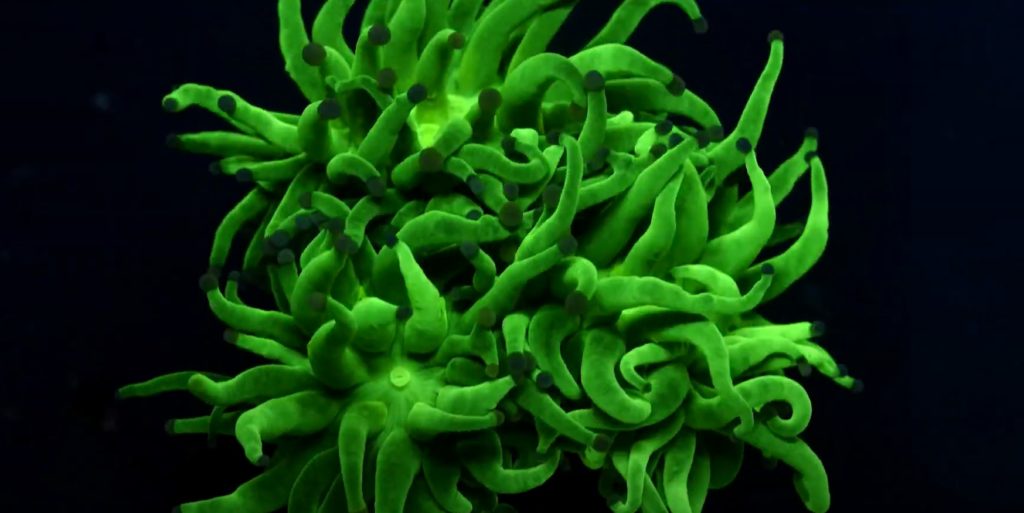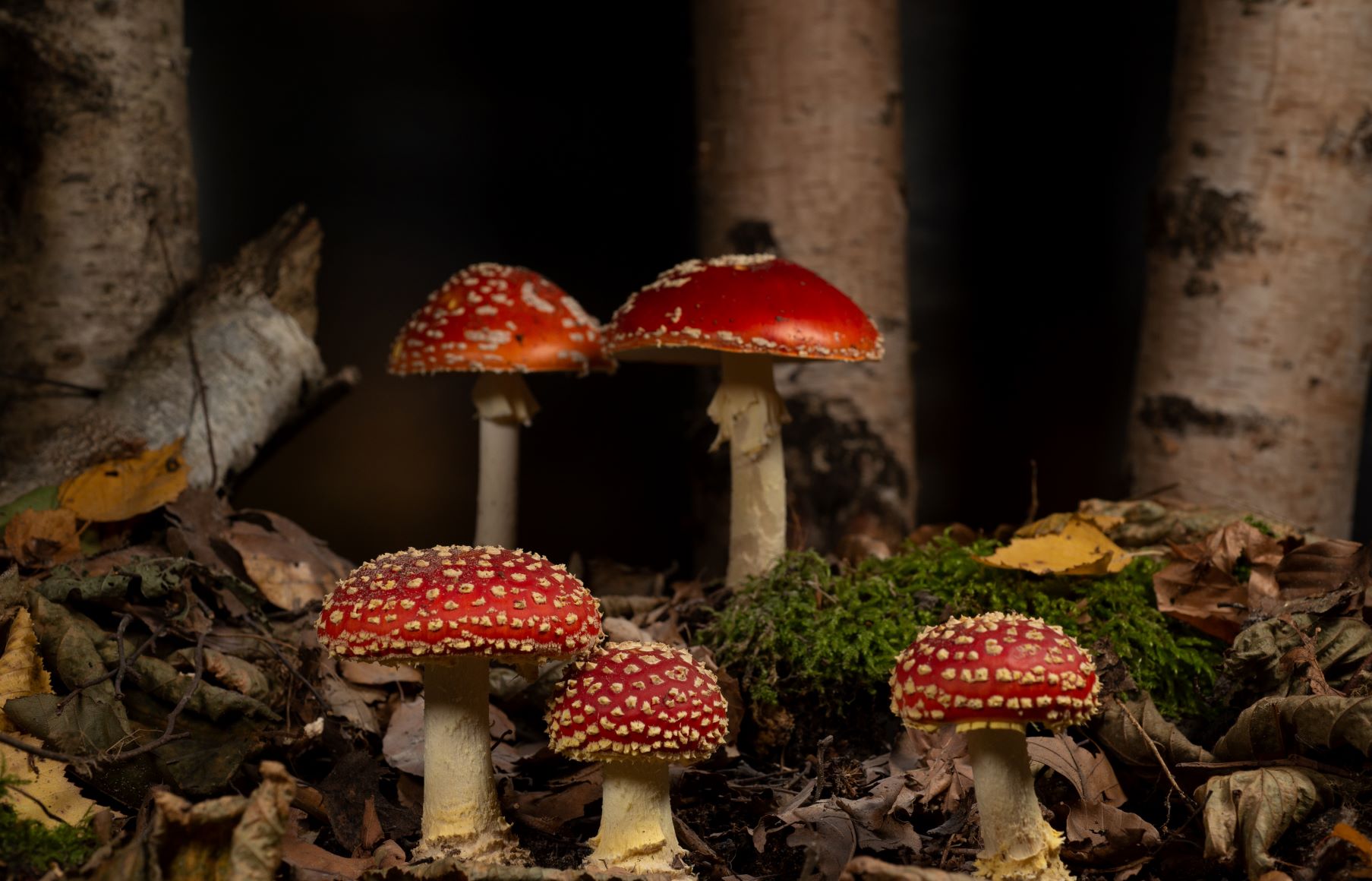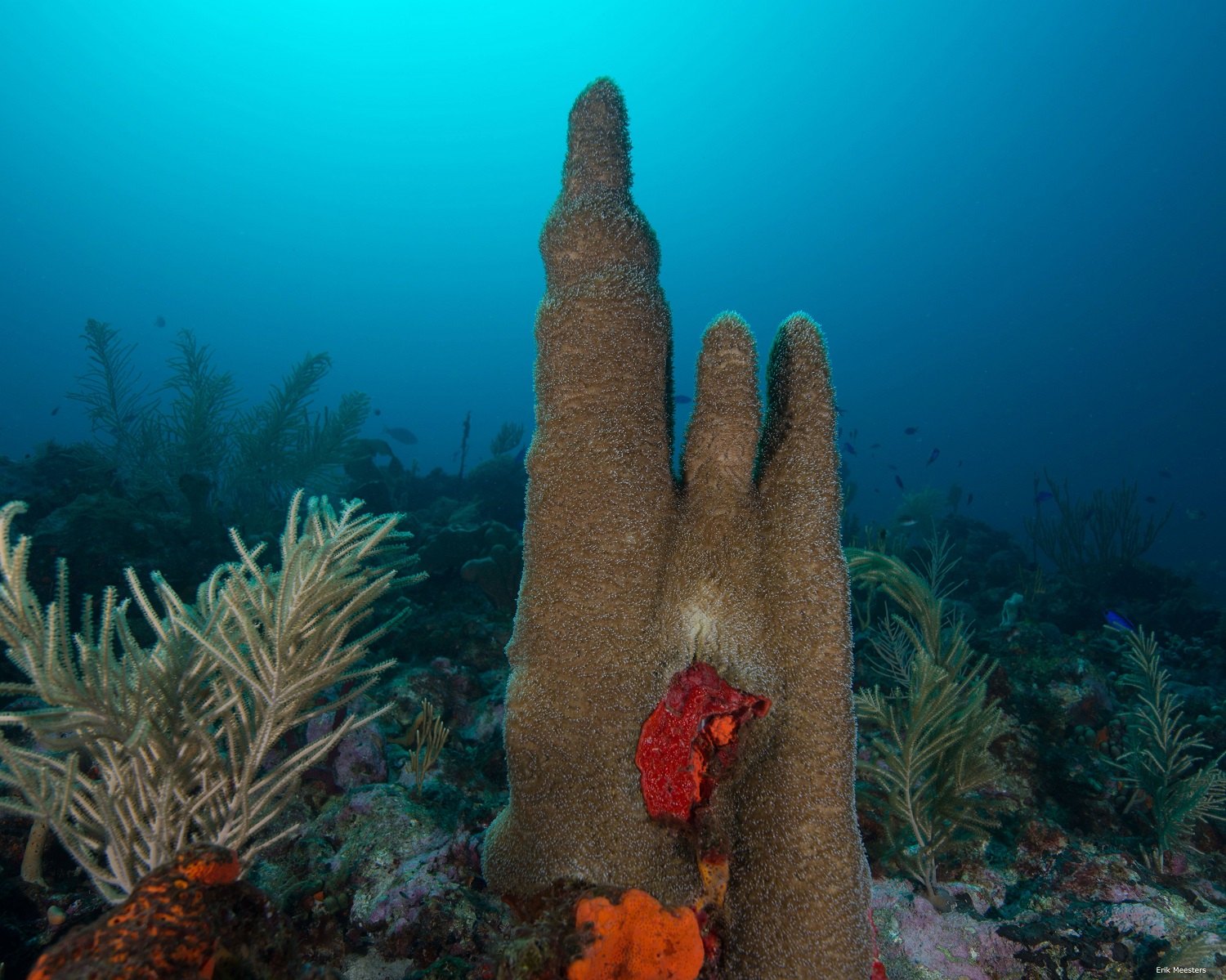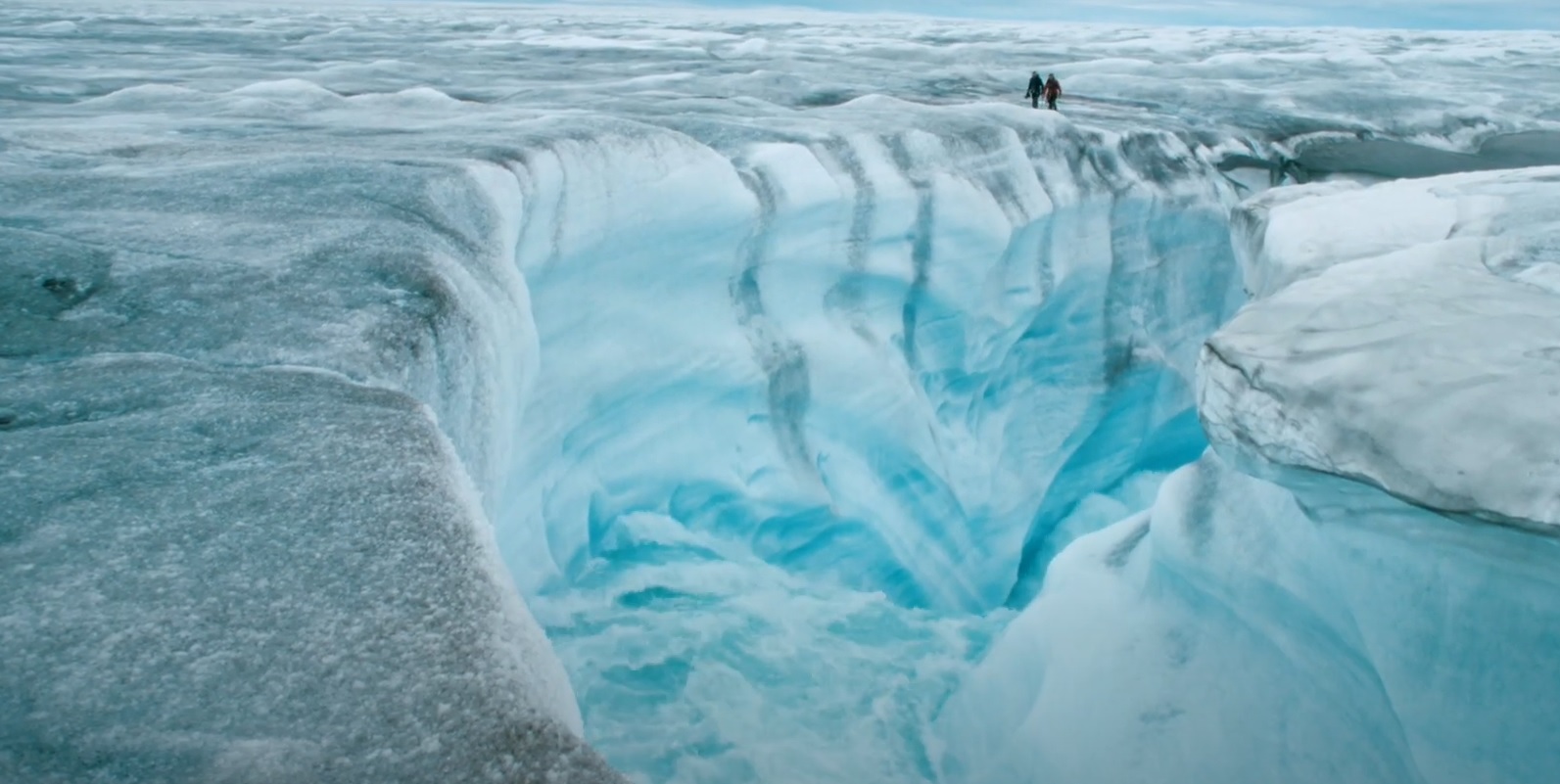If you want to see mushrooms, all you need to do is go outside. But, if you want to see a mushroom unlike you have ever seen before, you should watch the documentary Dutch Mushrooms on YouTube. This documentary, or vlog, rather, was made by Wageningen scientist Tim Wijgerde and contains time-lapsed images of fly agarics, earth stars, common stinkhorns and many more.
Wijgerde is a marine biologist, but in his spare time. He photographs ‘everything that flies, crawls or swarms’. And in a quality that easily matches that of a BBC documentary. The latest production is about Dutch mushrooms, a video of about half an hour in which Wijgerde takes the viewer on through the Horstenwold in the Flevopolder in David Attenborough style.
Time-lapse
Less than a year later, A reef by night and day was released, a documentary teeming with spectacular time-lapsed images of corals. ‘Corals are animals’, Wijgerde explains. ‘But because they are so static, they appear more like plants. Everything in nature moves, but often on a timescale that differs from ours. It may seem very static, but in reality, it is extremely dynamic. A timelapse is a perfect way to document this.’
Everything in nature moves, but often on a timescale that differs from ours
Tim Wijgerde, marine biologist and videographer

The greater part of the images of corals was not taken on the reef but at home in his salt-water aquarium. That is a necessary approach. ‘That is exactly how the BBC does it as well. Leaving a camera on a reef with a limited energy supply is challenging. With mushrooms, it can sometimes be done, especially if they grow fast enough. The stinkhorn, for example, which pops out of the soil in three hours.’
The coral video was a classical nature documentary with spoken commentary. Wijgerde features prominently in his vlogs. He started this approach a year ago. ‘People like to watch other people; they want someone visible who explains what they are looking at’, he clarifies. ‘Does it look natural? Thank you. I still don’t feel altogether comfortable with a lens pointing in my direction. It takes getting used to, and you need to take a threshold to feel confident in putting yourself out there.’
I am a one-man band. I do everything alone: images, sound, editing
Tim Wijgerde, marine biologist and videographer
Wijgerde works alone and is self-taught. ‘I am a one-man band. I do everything alone: images, sound, and editing. I have never taken a course. It’s a question of reading a lot and searching the internet.’ And, although his footage is razor-sharp, his hardware is relatively simple. ‘Normal consumer cameras: Nikon single-lens reflex cameras, one that is twelve years and the other seven years old. With some Adobe software and a high-end computer, you can achieve movie-theatre quality. The coral video was screened in several theatres during film festivals.’
Time
Despite the professional results, it remains a hobby. Albeit one that is rather time-consuming. ‘Ridiculous amounts of time. The mushroom video took me over two hundred hours over a period of three years.’ Why does he do this? ‘Fun is the main reason. As a scientist, you spend a lot of time indoors. Filming stimulates me to go outdoors and record what I see. At home, I then turn it into a video. That combination of creativity and the outdoors is what I enjoy.’

 Photo Tim Wijgerde
Photo Tim Wijgerde 

